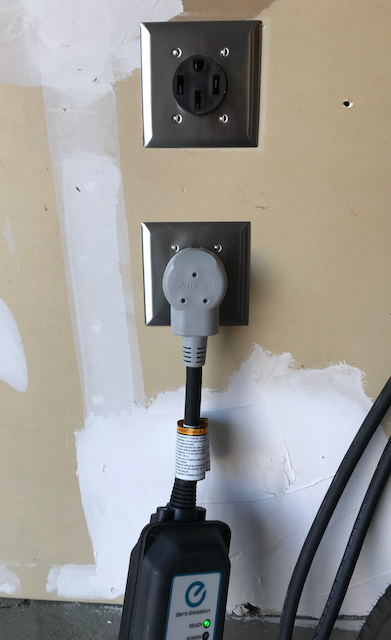Residential 220/240V circuits are a type of electrical circuit that is commonly used in homes for heavy-duty appliances such as air conditioners, electric water heaters, and dryers. These circuits are designed to deliver a higher voltage than the standard 110/120V circuits, which are used for lighting and smaller electrical devices.
In the United States, 220/240V circuits typically have two hot wires, a neutral wire, and a ground wire. The hot wires each carry 120V of electricity, but when combined, they provide 240V of power. The neutral wire is connected to the neutral bus bar in the electrical panel and provides a path for the electricity to return to the power company. The ground wire is also connected to the panel and provides a safety path for stray electrical current.
One of the primary advantages of 220/240V circuits is their ability to deliver more power to high-demand appliances. For example, an electric water heater may require 4500 watts of power, which exceeds the capacity of a standard 110/120V circuit. By using a 220/240V circuit, the water heater can receive the additional voltage it needs to operate effectively.
However, installing 220/240V circuits requires more knowledge and expertise than installing standard circuits. It's essential to hire a licensed electrician to perform this work, as it involves working with high-voltage electricity that can be dangerous if not handled correctly. Additionally, the electrical panel must be able to accommodate the additional circuit, which may require upgrading or replacing the panel altogether.
When planning to install a 220/240V circuit, it's essential to consider the electrical requirements of the appliance you want to connect. Appliances typically come with specifications that indicate the voltage and amperage they require, and it's crucial to choose a circuit that meets these requirements. Failure to do so can result in damage to the appliance or a potential fire hazard.
